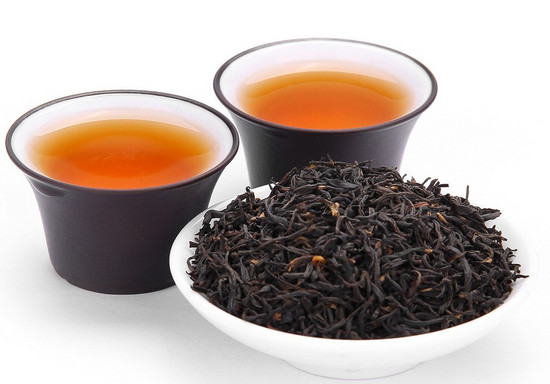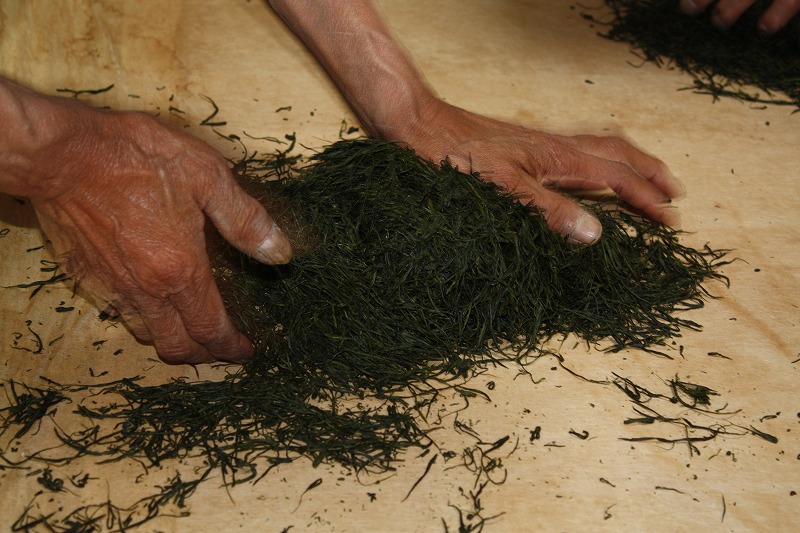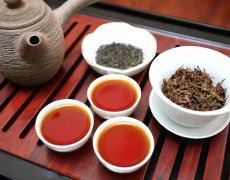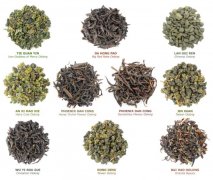Qimen black tea nine types of characteristics and classification of detailed explanation Qimen black tea which varieties taste the best
More information about Keemun Black Tea
Qimen tea gets its name from Qimen area of Anhui province. Qimen tea is the producing area of Qimen tea. The English word "Keemun" is the colonial spelling of the region and is now spelled as "Qimen".
The traceability of this black tea is quite new and it has been produced since 1875. An unsuccessful civil servant named Yu Ganchen in Qimen district decided to go to Fujian Province, one of China's most famous tea producing areas, to study the production of black tea.
He began to produce black tea in his hometown with what he had learned. Before that, only green tea was produced in his hometown. His new tea was very popular in China and soon rose to fame in Britain. Even today, it is still a key ingredient in many English breakfast teas.
A cup of carefully prepared Keemun Black Tea has a bright red color and elegant aroma with a hint of smoke and flowers. It tastes mellow and smooth, although the exact taste depends on the type of door opening.

Different types of Keemun Black Tea
The differences of different harvest time and processing technology lead to the difference of Qimen varieties. They are:
Qimen Maofeng, made of small leaves and buds, is picked early in the year; the lightest, sweetest variety is also the most precious and expensive variety.
Qimen buds-also made from small leaves and buds, but harvested later; stronger and stronger flavor; divided into two grades, An is higher and B is lower; cheaper than Maofeng, but it is still a very high quality and highly appreciated tea
Qimen kungfu, also known as Kungfu Tea, rolls up the whole leaf tightly; specially made for the Chinese Kungfu Tea ceremony
Qimen new buds-made from buds picked early each year; the least bitter of all varieties.
Qimen, Hubei-although the name is Qimen, this kind of tea actually comes from Hubei Province, so it is not the real Qimen.
Production process
The process of making Qimen tea is quite complicated, which may be one of the reasons why Qimen tea is so precious.
Leaves are harvested only in spring and summer, and only buds with two or three leaves at the top are used. Even after picking, the leaves are sorted by hand, and only the highest quality leaves are selected for further processing.
The leaves then undergo a very slow withering process, which dries up the leaves and is partly responsible for the complex taste of the final product.
When they reach a perfect degree of dryness, the leaves are rolled into the characteristic shape of Qimen leaves. The rolling process gives it a more unique flavor.

Next, the leaves are oxidized. The oxidation process is also very slow, allowing the flavor to really form. As a kind of black tea, tea is allowed to oxidize completely.
Finally, the fully oxidized leaves are heated to remove residual moisture and then packaged and sold.
Important Notice :
前街咖啡 FrontStreet Coffee has moved to new addredd:
FrontStreet Coffee Address: 315,Donghua East Road,GuangZhou
Tel:020 38364473
- Prev

Keemun Black Tea's bubble steps Keemun Black Tea's first bubble should be poured out? how to make the right course?
Keemun Black Tea is the most famous black tea in China. It grows in forest-covered mountain areas and is characterized by low temperature, high humidity and frequent fog. The lack of sunlight increases the content of chlorophyll in the leaves, leading to fruity, sweet and mellow flavors and unique floral aromas. After brewing, the tea shows a clear and bright red. How to brew Keemun Black Tea what is given here is the production of bulk tea.
- Next

Is Dahongpao oolong tea? what are the points for attention in brewing oolong tea among the six varieties of oolong tea?
Oolong tea is a kind of partially oxidized Chinese tea, which is darker than green tea but lighter than black tea. The oxidation degree of different oolong teas ranges from 8% to 85%. This gives the tea a unique flavor. Some oolong teas are sweet and fruity with honey aromas, while others are green and fresh, while others are thick and woody with baking aromas. Although how to brew oolong tea is different
Related
- The milk tea cup becomes smaller?! Overlord Tea Girl launches a new "Return to Yunnan" series
- Accused of selling counterfeit and high-priced coffee beans! Well-known boutique coffee brand "Oukelao" bowed and apologized!
- How to make espresso dumplings? Can I eat coffee and glutinous rice balls together?
- Save the unformed and stagnant powder cakes in one second! What is the problem with stagnant water in the powder bowl of the espresso machine?
- What does hand-brewed coffee stop mean? Why is it not recommended to make coffee by hand?
- Is it normal to smell like coffee? Why does coffee smell like alcohol? What's wrong with the strong smell of cold extract ice dripping ice brewed coffee?
- How to solve the problem that hand-brewed coffee extraction takes too long? Why is the water flowing so slowly when making coffee?
- The main points of making Australian white coffee, the proportion details, how does Australian white properly foam and blend the flowers?
- Can ice water make cold extract coffee? What is the difference between room temperature water and ice water for making cold coffee?
- What milk is best for making latte and white Dirty coffee? What is the difference between different brands of fresh milk and pure milk for making coffee?

